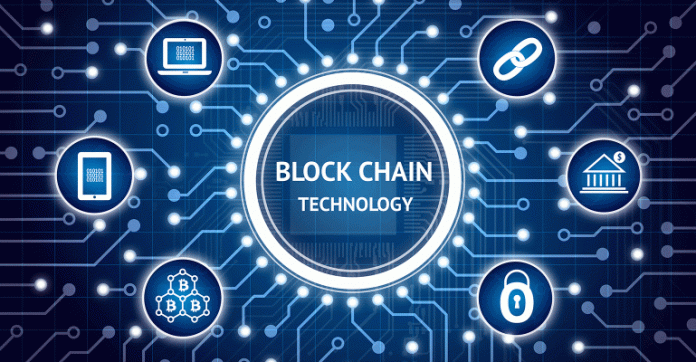Table of Contents
Let’s look at our daily lives to simply understand how Blockchain works.
Imagine that you have 200 houses in your city and two garages each of the 200 houses. However, to simplify our explanation, suppose that each house has a single car (all cars fill all areas of the large parking lot described above). So, one of the two garages available in each house is empty. Now, let’s say people in the city have decided to rent these extra garages to anyone who needs a car park. This parking provisioning model will solve the problem of parking 200 cars or more cars (if people move in and out of the city) without having to build any central large parking space for the entire city
Price: The cost of renting this extra space will be lower compared to the large central car park, as people don’t build the second garage just for rental purposes and will have less maintenance costs.
Security: Each car is locked in a different garage, so thieves have to unlock all the garages to get to the cars, thus providing more security. (Security in Blockchain is actually a bit different, but for simplicity, let’s take it the following way!)
Limit: As the number of houses increases, assuming that each new house has an extra garage area, the area that will continue to hold more cars will gradually increase. Thus the tenant and the lessor increases the network.
Insecure: Since these distributed parking spaces do not control a centralized authority, we assume that there will be some rules that the participating garage owners have determined to rent their own places.
Decentralized: As stated in the previous point, these parking spaces are distributed throughout the city, as can be considered a decentralized car park.
The above analogy provides the basis for understanding the real technical infrastructure of Blockchain.
Now, let’s try to match the components of our parking sample with the real technical model.
Great central parking, AWS (Amazon Cloud Information Systems), Google Cloud etc. it is a centralized system (these cloud platforms are also deployed at some level, but for simplicity we will consider them as a single entity).
Cars are data and applications.
A decentralized system is a decentralized system – Blockchain.
All decentralized systems are not Blockchain! Yes, Blockchain is a unique type of decentralized system that has a unique feature.
Blocks Create Blockchain
Suppose a garage locks are produced when a car is parked in a particular garage (we assume that the same vehicle goes to the same parking area every day). In addition, we assume that we have serialized all distributed garages. The lock key pair of the garage number 50 is based on the garage key lock pair number 49 and also on the characteristics of the vehicle inside the garage 50 (color, weight, engine number, etc.) and this process starts from garage 1 and moves to garage number 200 or even more.
”The lock key pair for each garage depends on the car’s garage’s car features and the key key pair of the previous garage.“
Therefore, if a thief tries to break into the garage 49 and breaks the car and changes any of the features of the car, for example, the color of the vehicle or the registration number, the features of the vehicle in garage 49 will change. This means that a new lock key pair will be produced for garage 49. However, since the lock key pair of garage number 50 is connected to the lock key pair of garage 49, the lock key pair for the garage 50 will also change and this will continue in the same way for the next garages.
The blocks in the blockchain are connected to the next block with a hash such as lock key pairs. As with the garage example, if the data in a block is changed, the hashes must be recalculated for all subsequent blocks, and since the calculation of hash is a process that requires very intensive resources, it is almost impossible to do so, and thus the network excludes the overridden block.
How do Get Modified?
All computers in the blockchain network keep a copy of the entire blockchain, so if a block or a full chain on a particular computer or computer is changed, the entire network tries to compare it to the full chain itself.
If most of the nodes in the network (or computers) find that a modified chain is invalid, the modified chain is replaced by a valid chain from other nodes. This makes Blockchain vulnerable to 51%. In simpler words, if more than 50% of the nodes in the network are malicious (or modified chain), the entire network may be compromised.




